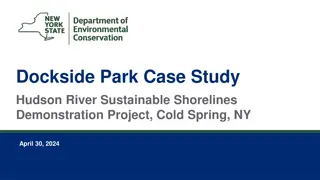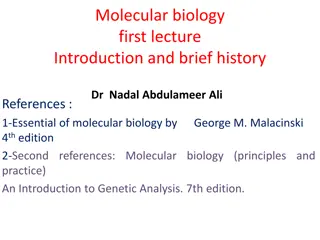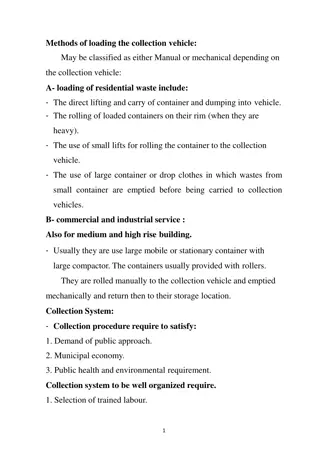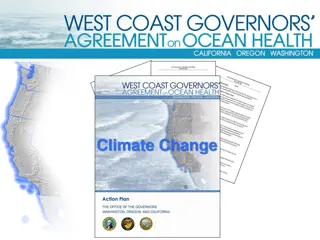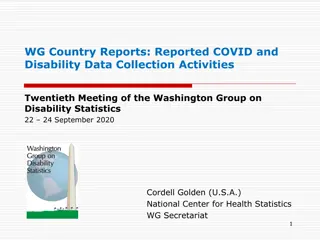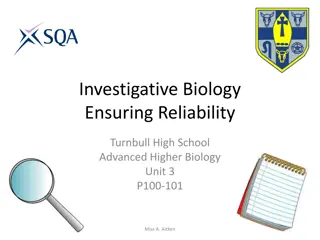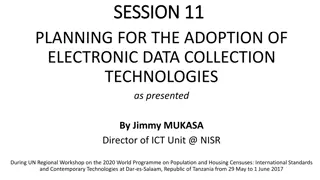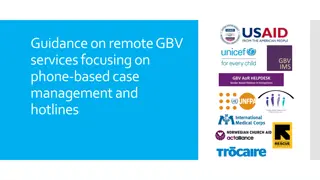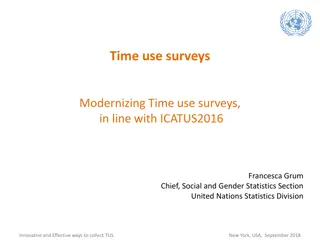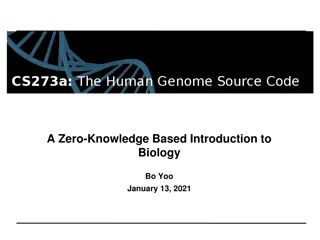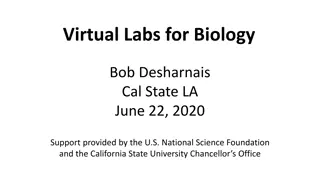Current Practices and Future Perspectives in Shoreline Biology Data Collection
This research discusses the current practices, challenges, and future perspectives in the integration of shoreline, biology, and human-use data collection. It covers topics such as ESI standards, RPI's role in ESI development, spill contingency planning requirements, ESI components, and session formats. The study emphasizes the importance of comprehensive data collection for the protection of sensitive resources and the establishment of protection priorities.
Download Presentation

Please find below an Image/Link to download the presentation.
The content on the website is provided AS IS for your information and personal use only. It may not be sold, licensed, or shared on other websites without obtaining consent from the author. Download presentation by click this link. If you encounter any issues during the download, it is possible that the publisher has removed the file from their server.
E N D
Presentation Transcript
Shoreline, Biology, and Human- Use Data Collection and Integration Current Practices, Challenges, and Future Perspectives Research Planning, Inc. Christine Boring, Chris Locke, Jacqui Michel, Zach Nixon, Jennifer Weaver, Mark White ESI Workshop, Mobile AL, May 2012
RPIs role in ESIs Data developers for ESI products Following the current ESI Standards Customized in-house tools RPI is an End-User Use all products (PDFs, GDBs, Tools) Planning and response Resources at Risk (RAR) reports - 100+ RARs written per year Support of STRs
ESI Overview National Standard! - spill contingency planning requirements of the Oil Pollution of 1990 (OPA 90) Information for sensitive resources for establishing protection priorities Shoreline type and ranking based on sensitivity to oil Biological resources sensitive to anthropogenic disturbances Human-use resources
3 Main Components ESI shoreline classification Birds resource experts and Source Biology data from digital data sets Fish Habitats Status Biological Resources Invertebrates Season ality Marine Mammals Reptiles Species Terrestrial Mammals Human-use data
3 Main Components ESI shoreline classification Birds resource experts and Source Biology data from digital data sets Fish Habitats Status Biological Resources Invertebrates Season ality Marine Mammals Reptiles Species Terrestrial Mammals Human-use data
Session Format Shoreline presentation Breakout session Report back from breakout groups Biology presentation Breakout session Report back from breakout groups Human-Use presentation with group discussion
ESI Guidelines: Project Tasks NOAA ESI Guidelines version 3.0 outlines a TASK oriented approach to coastal resources mapping. Task 1 Project set-up: Project team calibration and scheduling Task 2 Basemaps: Using basemap layers from ESRI ArcGIS data Task 3 Oblique Acquisition: Digital oblique photograph acquisition supported by the USCG Task 4 - ESI Classification: Shoreline integration and classification into GIS
ESI Guidelines: Project Tasks Task 5 Biology/Human-use Data Collection/Compilation: Resource expert workshops Task 6 Biology/Human-use Digitization: Data integrated into a GIS Task 7 Map/Data Review: Resource experts review data during workshops Task 8 Atlas Production: Hardcopy Resource Atlases Task 9 Digital Product/Delivery: GIS product (data/metadata) delivery & hardcopy atlases NOAA Product Development: ArcGIS and other formats
GOALS PARTICIPATION DISCUSSION Breakout Sessions Shoreline and Biology Group discussion Human-use We want your to hear your thoughts and ideas!









